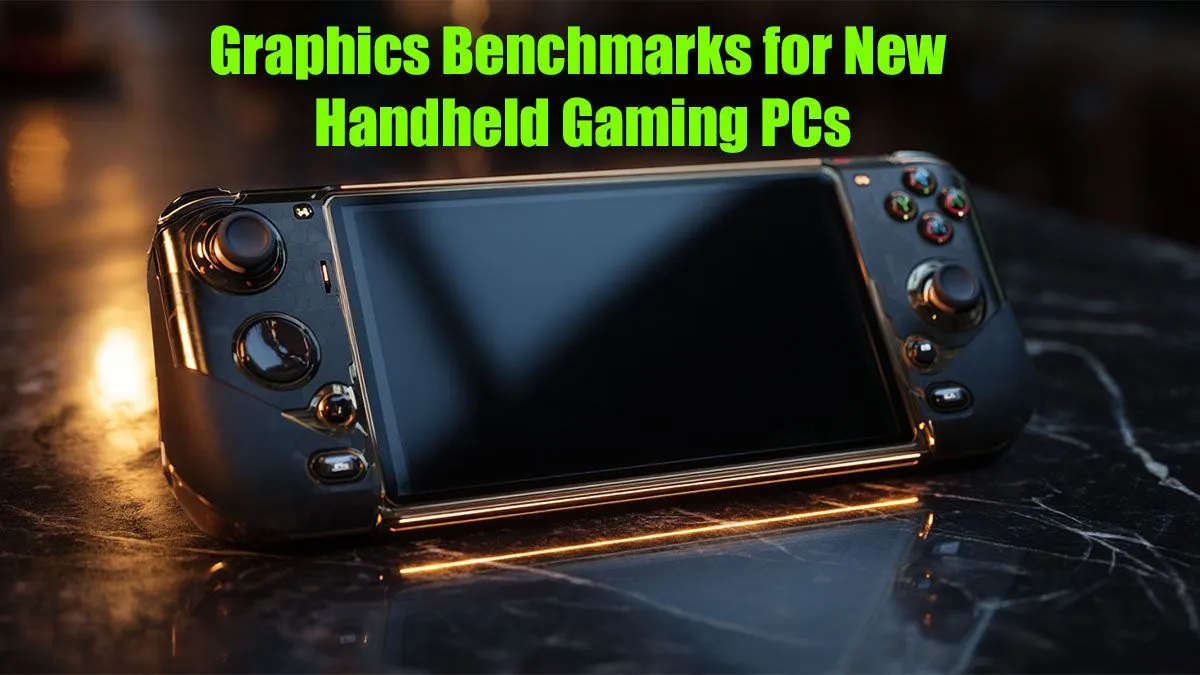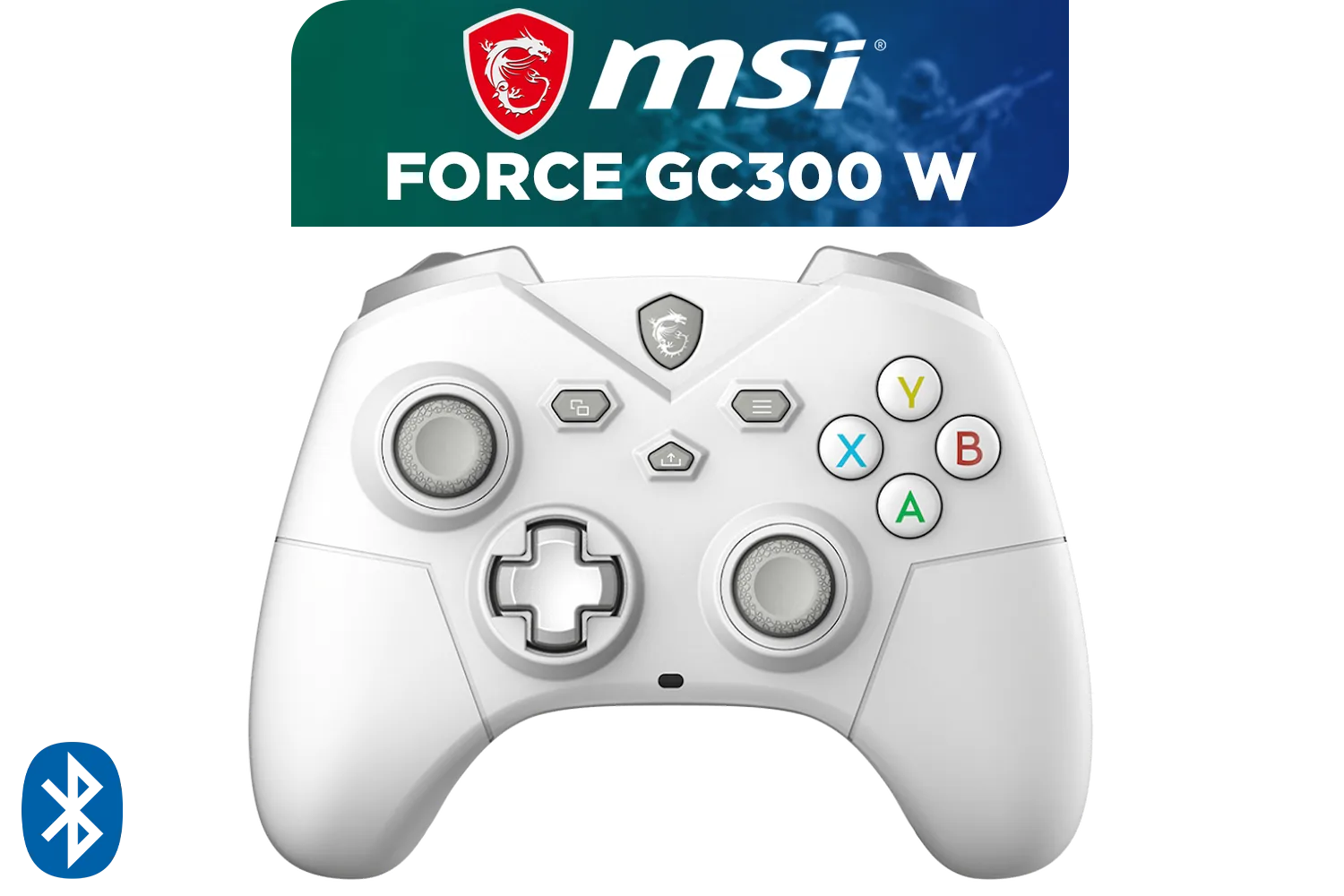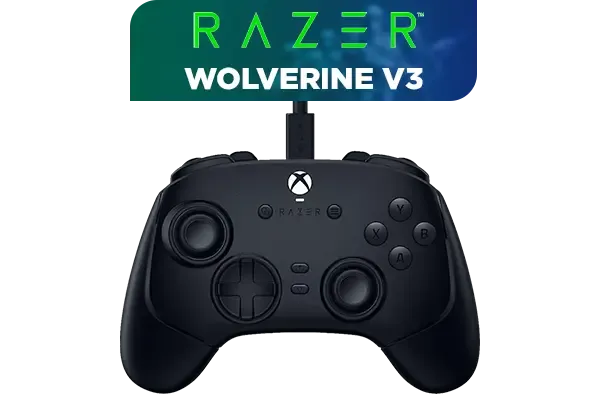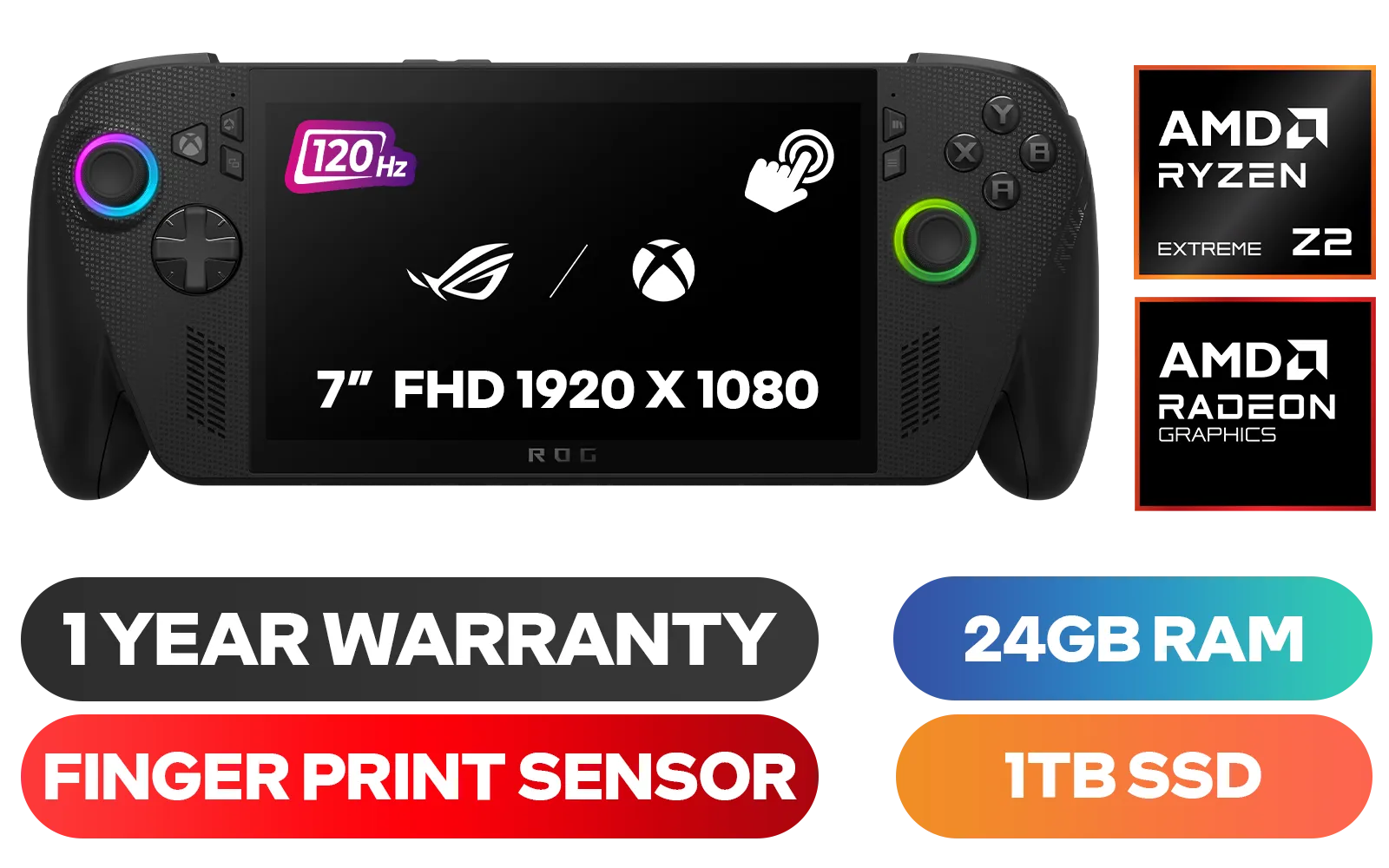
Top Gaming Monitors 2024
Level up your PC gaming setup with our top picks for Best Gaming Monitors 2024 🎮! 🚀 Experience ultra-smooth FPS, vibrant colors, and sharp visuals. Read the full breakdown →
Our latest handheld gaming pc benchmark puts the Steam Deck, ROG Ally, and Legion Go head-to-head. See real-world FPS data, graphics comparisons, and in-depth analysis to discover which portable powerhouse delivers the ultimate gaming experience on the go. 🚀 Find your perfect handheld today! 🎮

So, you’re eyeing a handheld gaming PC. The freedom to play AAA titles anywhere, even when Eskom throws a spanner in the works, is a massive draw. But with a flood of new devices hitting the market, how do you choose? Simple benchmarks can be confusing. That’s why we’re diving deep into the ultimate handheld gaming PC benchmark showdown, breaking down the numbers to show you what really matters for that perfect portable gaming experience. 🚀






Before we pit these pocket rockets against each other, let's quickly demystify the numbers. A handheld gaming PC benchmark is essentially a standardised test that measures the graphics and processing power of a device. It runs a demanding sequence and spits out a score, usually in frames per second (FPS). This helps create a fair graphics performance showdown between competitors like the Steam Deck, ASUS ROG Ally, and Lenovo Legion Go.
While the APU (the combined CPU and GPU chip) is the star, other components play a vital role. Fast RAM and a snappy SSD are crucial for smooth operation and quick loading times. If your device feels sluggish, a storage upgrade can make a world of difference. You can often find incredible value on some of the best SSD deals in South Africa, making it a cost-effective first upgrade.
Raw numbers are one thing, but how do they translate to actual gameplay? This is where a proper handheld gaming PC benchmark analysis becomes essential. It’s not just about the highest score; it’s about finding the sweet spot between visual quality and smooth performance.
Most handhelds feature screens around the 7-inch to 8-inch mark, with resolutions ranging from 800p to 1600p. Pushing more pixels requires more power. Often, dropping the resolution from 1080p to 720p can dramatically boost your FPS, making a game feel far more responsive without a huge sacrifice in visual clarity on a smaller screen. The goal is a stable 30 or 60 FPS, and resolution is your first lever to pull.






Technologies like AMD's FidelityFX Super Resolution (FSR) are critical for handheld gaming PC performance. FSR renders the game at a lower resolution and then intelligently upscales it to fit your screen, using clever algorithms to fill in the details. This gives you a massive performance boost, allowing you to enjoy higher frame rates or crank up other graphical settings. It’s the secret sauce that makes demanding games playable on the go.
Most handheld PCs let you manually adjust the Thermal Design Power (TDP) in the system settings. For less demanding indie games, lowering the TDP from 15W to around 10W can significantly extend your battery life without impacting performance. For AAA titles, crank it up for maximum power!
A graphics performance showdown tells only part of the story. The best device for you depends on factors that don't show up on a spreadsheet. Ergonomics, for example, are paramount. A device that feels uncomfortable after 30 minutes is a poor choice, no matter its power.






Similarly, battery life is a huge consideration. A beastly machine that only lasts 90 minutes on a full charge might not be practical for your needs. And don't forget the audio experience! The built-in speakers on these devices are often just okay. Pairing your handheld with one of the best gaming headsets can create a much more immersive world, letting you hear every footstep and cinematic swell.
Ultimately, your ecosystem of gear completes the picture. A good docking station, a portable power bank, and a protective case are all part of the handheld experience. Having the right gaming accessories turns a great device into a perfect portable battle station. From screen protectors to travel chargers, having the right tech essentials ensures you're always ready for a session. 🎮
Ready to Build Your Ultimate On-the-Go Setup? A powerful handheld is just the beginning. The right accessories transform your portable PC into a full-fledged gaming rig. Explore our massive range of PC gaming hardware and find the perfect gear to conquer your world, wherever you are.
The most powerful handheld often changes with new releases. Currently, devices like the ASUS ROG Ally with the Z1 Extreme chip often top the charts in raw graphics performance.
Absolutely. Modern handhelds like the Steam Deck and Legion Go are designed to run demanding AAA titles, though you may need to adjust graphics settings for optimal FPS.
Benchmarking involves running specific games or software tools to measure performance metrics like frames per second (FPS), frame times, and thermal output under load.
The Steam Deck offers an excellent balance of performance and price. While newer devices may have more raw power, its optimization makes it a strong contender in any fps comparison.
For fast-paced games, a higher FPS (60+) is generally preferred for smoother gameplay. For slower, narrative-driven games, a higher resolution enhances visual detail.
The MSI Claw, with its Intel Core Ultra processor, offers competitive performance. Our benchmarks show how it stacks up against its AMD-powered rivals in various game tests.